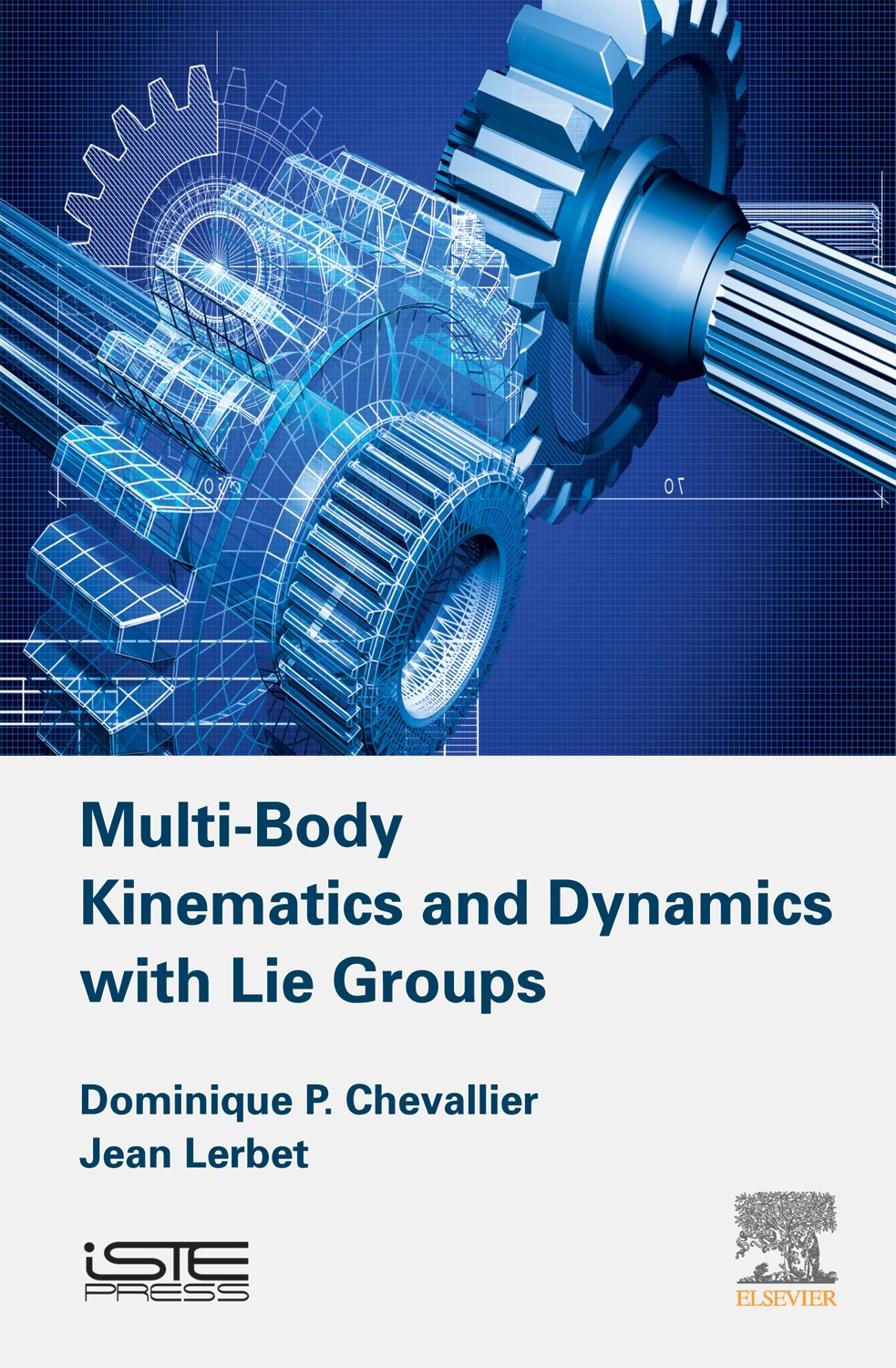
The book explores the use of Lie groups in the kinematics and dynamics of rigid body systems. The first chapter reveals the formal properties of Lie groups on the examples of rotation and Euclidean displacement groups. Chapters 2 and 3 show the specific algebraic properties of the displacement group, explaining why dual numbers play a […]
The book explores the use of Lie groups in the kinematics and dynamics of rigid body systems.
The first chapter reveals the formal properties of Lie groups on the examples of rotation and Euclidean displacement groups. Chapters 2 and 3 show the specific algebraic properties of the displacement group, explaining why dual numbers play a role in kinematics (in the so-called screw theory). Chapters 4 to 7 make use of those mathematical tools to expound the kinematics of rigid body systems and in particular the kinematics of open and closed kinematical chains. A complete classification of their singularities demonstrates the efficiency of the method.
Dynamics of multibody systems leads to very big computations. Chapter 8 shows how Lie groups make it possible to put them in the most compact possible form, useful for the design of software, and expands the example of tree-structured systems.
This book is accessible to all interested readers as no previous knowledge of the general theory is required.
